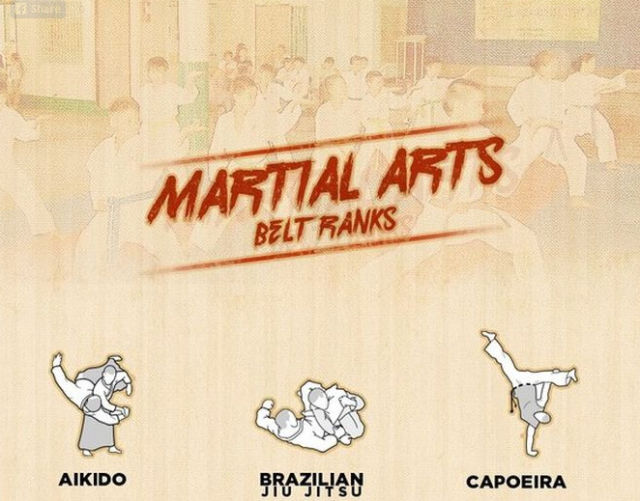A Historical Summary And Progression Of Martial Arts Around The World
A Historical Summary And Progression Of Martial Arts Around The World
Blog Article
Material By-Winkler Graham
Martial arts have a fascinating background that extends centuries and continents. You could discover it interesting how ancient practices like Shuai Jiao and Kalaripayattu laid the groundwork for contemporary battle strategies. These self-controls not just emphasize physical skills however also mirror the societies that birthed them. As you discover their advancement, think about exactly how globalization has actually changed these conventional kinds right into hybrid styles. What influences do you assume have shaped today's martial arts landscape?
Ancient Martial arts: The Foundations of Fight
As you delve into the globe of ancient martial arts, you'll discover the rich structures that shaped combat techniques throughout cultures. Very early methods concentrated on Self-Defense and survival, typically incorporating strikes, hurting, and weaponry.
In ancient China, as an example, techniques like Shuai Jiao highlighted tosses and joint locks, while India's Kalaripayattu showcased dexterity and fluid activity. Japanese samurai created Kenjutsu, a polished swordsmanship that highlighted technique and technique.
These martial arts served not just for fight yet also as a means of individual advancement, instilling values like respect and willpower. The blending of these methods over time laid the groundwork for the varied martial arts you see today, each showing the one-of-a-kind viewpoints and demands of its culture.
The Social Impact on Martial Arts Advancement
While martial arts commonly reflect the useful needs of a society, they likewise embody the social values and ideas of their origins. When you discover different martial arts, you'll observe how they're influenced by religious beliefs, ideology, and social standards.
As an example, the focus on respect and technique in Japanese martial arts stems from Zen Buddhism and samurai society. In contrast, Brazilian Jiu-Jitsu advertises versatility and strategy, formed by the need for performance in a diverse, modern environment.
You could find that the routines, uniforms, and training methods show a neighborhood's history and identity. By understanding these cultural impacts, you deepen your gratitude of martial arts and their function fit human experiences around the world.
Modern Adaptations and the Globalization of Martial arts
Martial arts have actually changed dramatically in current decades, adjusting to modern society and global impacts. You'll notice that standard forms have mixed with contemporary methods, producing hybrid styles like MMA. click this accommodate diverse audiences, making martial arts available and appealing globally.
With autism friendly martial arts near me of social media and electronic platforms, you can locate tutorials and competitors from all edges of the globe, breaking geographical obstacles. This globalization has resulted in a shared admiration for numerous self-controls, from Brazilian Jiu-Jitsu to Taekwondo.
As you involve with these arts, you'll realize they're not almost fight; they promote fitness, technique, and psychological well-being.
Inevitably, modern-day adjustments have actually enriched the martial arts landscape, making it a vibrant and evolving technique.
Verdict
In discovering the history and evolution of martial arts, you discover a fascinating mix of strategies, societies, and viewpoints. From ancient self-controls like Shuai Jiao and Kalaripayattu to the modern versatility seen in MMA, martial arts reflect mankind's quest for Self-Defense and personal growth. As you involve with these methods, you not only acquire abilities however also a much deeper gratitude for the varied customs that shape our globe today. So, continue your trip and embrace the art of battle!
